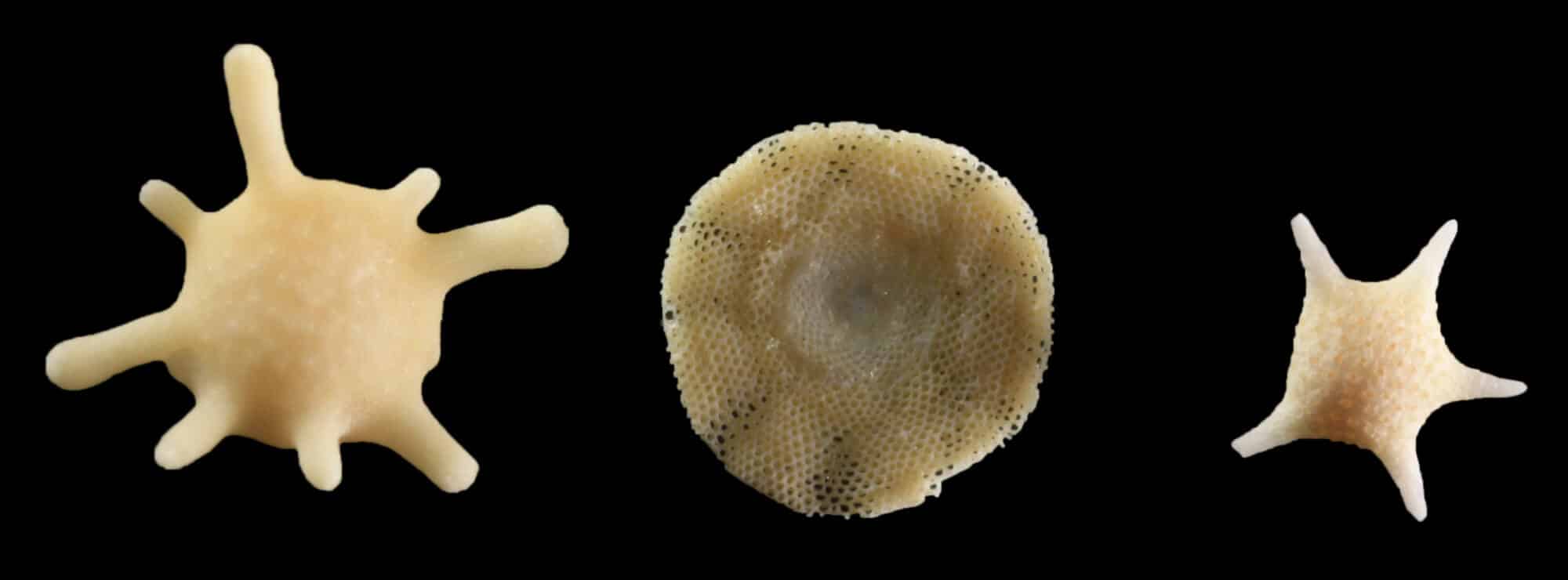What makes foraminifera species sensitive to heat?

Global warming and climate change are the result of human activity (such as transportation and industrial processes for energy production, for example burning fossil fuels such as coal, oil and natural gas). The oceans cover about two-thirds of the Earth's surface, and as large bodies of water they absorb most of the excess heat. The variety of organisms in them is the largest in nature, and many of them are very sensitive to warming.
Foraminifera are single-celled microorganisms that are widespread throughout the oceans. The chemical composition of their skeleton, which is built from the mineral calcite (calcium carbonate), is a tool for reproducing the conditions of the marine environment. Their high distribution throughout the oceans and their sensitivity to their living environment make them biological markers for the processes that occur in the oceans. Prof. Sigal Abramovich from the Department of Earth Sciences at Ben Gurion University of the Negev studies using foraminifera how changes such as global warming affect the sea. Her research focuses on tropical species, which, like corals, inhabit algae (that is, maintain a symbiosis with them).
Prof. Abramowitz: "Foraminifera are an ideal model for monitoring ecological and biological effects in the sea. Their number is huge, you can easily collect them from the coastal environment, grow them in the laboratory and characterize their physiological response and that of the algae under different conditions." Thus it is possible to study with their help changes that occur in the sea as a result of human activity or natural processes, for example climate change; Prof. Abramovich further adds that "foraminifera are very sensitive to temperature - when it rises, most of them are immediately affected by it - because they are single-celled and have almost no body temperature regulation systems, like fish for example. In addition, it is important to study them because of their geological role - main rock builders - and an important component of the carbon cycle in nature."
Prof. Abramovich and her team mostly study foraminifera taken from the Mediterranean Sea in Israel ("In this area there is a very high concentration of invasive tropical species. They come from the Red Sea because of the increase in temperature"). They are trying to understand what are the mechanisms that allow them to invade the Mediterranean Sea and how they survive despite its warming. That's why they grow them in the laboratory in vessels containing sea water at different temperatures, simulating predictions of future warming (35 degrees Celsius). This is how their physiological resistance to warming can be characterized.
Prof. Abramovich says: "We discovered big differences between tropical foraminifera species, including invasive species. Most of them are very sensitive to high temperatures - the heat damages their biological function (decrease in the rate of skeleton construction and algae activity). Thus they can be a marker for the warming of the oceans. In contrast, there are exceptional species that are able to thrive in high temperatures and salinity."
In their latest study - which won a research grant from the National Science Foundation - the researchers wanted to find out what the molecular mechanism is that contributes to sensitivity or resistance to warming. What makes foraminifera species resistant or sensitive to high water temperatures. They sampled their skeletons and performed RNA sequencing (by means of which it is possible to characterize the expression level of genes). This is how they discovered that in the heat-sensitive species, the expression of genes related to metabolism, respiration and skeletal construction decreases when exposed to high temperature. The genetic expression of the resistant species is still being studied.
In addition, the researchers conducted a geochemical analysis of the skeletons to check for changes in the elements used to reconstruct the skeleton's formation temperature, and surprisingly discovered a high concentration of metals originating from the coastal industry. "Without intending to do so, we discovered that foraminifera can also be a tool for measuring coastal pollution and not just for measuring changes in the oceans," Prof. Abramovich concludes.
Life itself:
Sigal Abramovich is an oceanographer, born in the Negev. She lives in Lehavim, is married to a faculty member from the Department of Life Sciences at Ben Gurion University and they have two daughters, ages 16 and 13, and many animals. "Research is my life," she says. "I really like what I do and I also really enjoy working and researching with my partner. We have a personal and professional partnership and we feel lucky. Basically, science is both our occupation and our hobby."
More of the topic in Hayadan:
